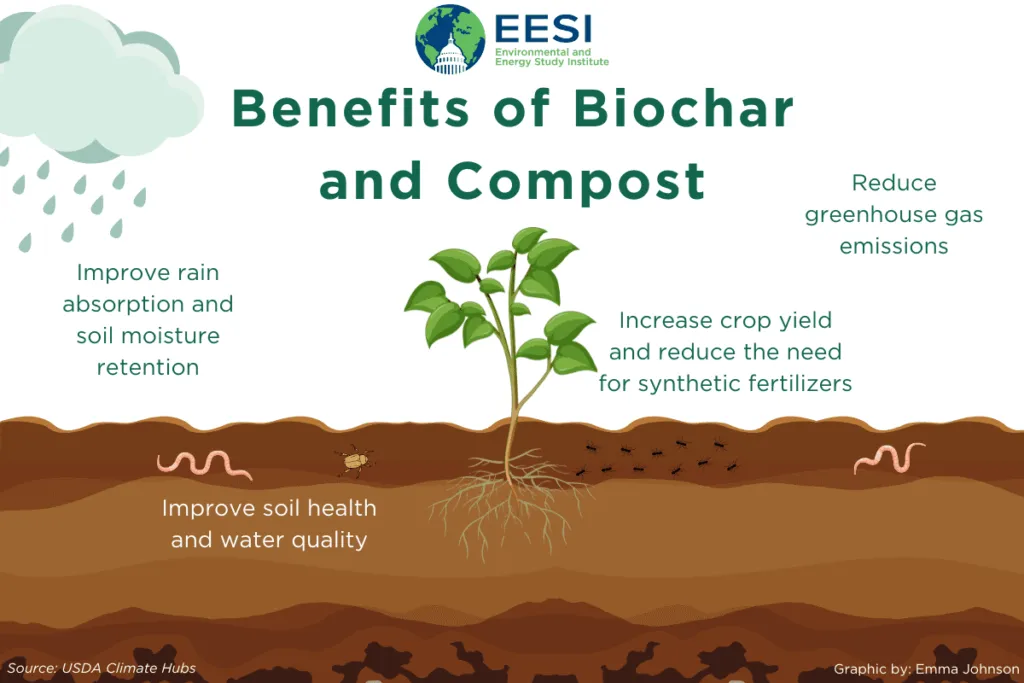In the quest for sustainable and efficient animal agriculture, researchers have turned to an unlikely hero: biochar. This carbon-rich material, produced by heating organic biomass in the absence of oxygen, is gaining traction for its multifaceted benefits in livestock production and environmental management. A recent review published in *Veterinary Medicine and Science* (Veterinary Medicine and Animal Science) by Mohsen Kazemi from the Department of Animal Science at the University of Torbat-e Jam in Iran, sheds light on the transformative potential of biochar in enhancing animal health, feed efficiency, and environmental sustainability.
Biochar’s journey from a simple byproduct of pyrolysis to a key player in modern agriculture is nothing short of remarkable. “Biochar’s unique properties allow for the development of innovative feed formulations that can significantly reduce feed costs while improving overall animal health,” Kazemi explains. The review highlights how biochar, when used as a feed additive, can improve gut health, nutrient absorption, and growth performance in livestock. This is a game-changer for farmers, as healthier animals mean better productivity and reduced costs.
But the benefits don’t stop at the farm gate. Biochar’s role in mitigating environmental impacts is equally compelling. By reducing methane emissions and ammonia volatilization in manure management, biochar contributes to cleaner air and a healthier planet. Moreover, its long-term carbon sequestration potential makes it a valuable tool in the fight against climate change. “Biochar’s ability to transform waste into valuable resources is a cornerstone of circular agricultural systems,” Kazemi notes. This not only reduces waste but also enhances soil health, leading to increased crop yields and a reduction in the reliance on synthetic fertilizers.
The commercial implications for the energy sector are substantial. As the world shifts towards renewable energy sources, biochar offers a sustainable way to manage agricultural waste, creating a closed-loop system that benefits both farmers and the environment. The integration of biochar into existing agricultural practices could lead to significant cost savings and improved efficiency, making it an attractive proposition for investors and policymakers alike.
However, challenges remain. Variability in biochar quality, economic feasibility, and the need for standardized guidelines are hurdles that need to be addressed for widespread adoption. “Addressing these challenges is essential for the effective use of biochar in various agricultural systems,” Kazemi emphasizes. As research continues, the hope is that these obstacles can be overcome, paving the way for biochar to become a staple in sustainable agriculture.
The review by Kazemi and his team underscores biochar’s potential to bridge productivity and ecological sustainability. It calls for further research to optimize its applications and ensure safe, large-scale implementation in diverse livestock production systems. As we look to the future, biochar stands as a beacon of hope, offering a path towards a more sustainable and efficient agricultural landscape. The journey has just begun, and the possibilities are endless.

